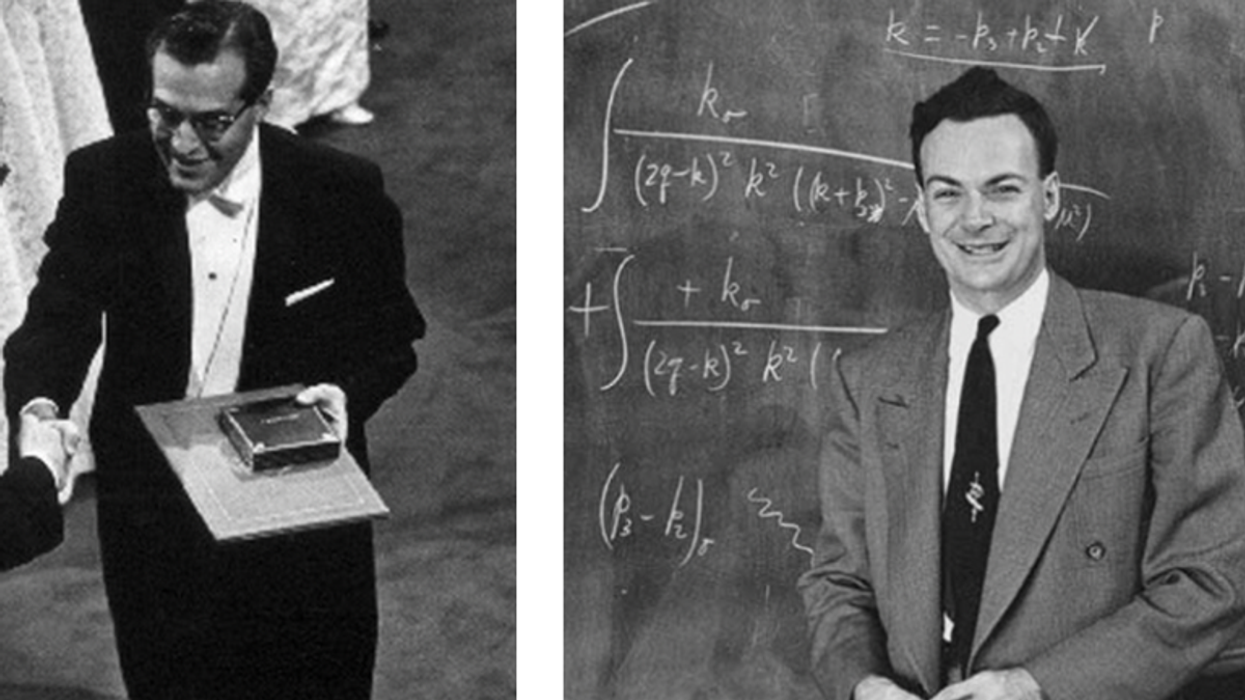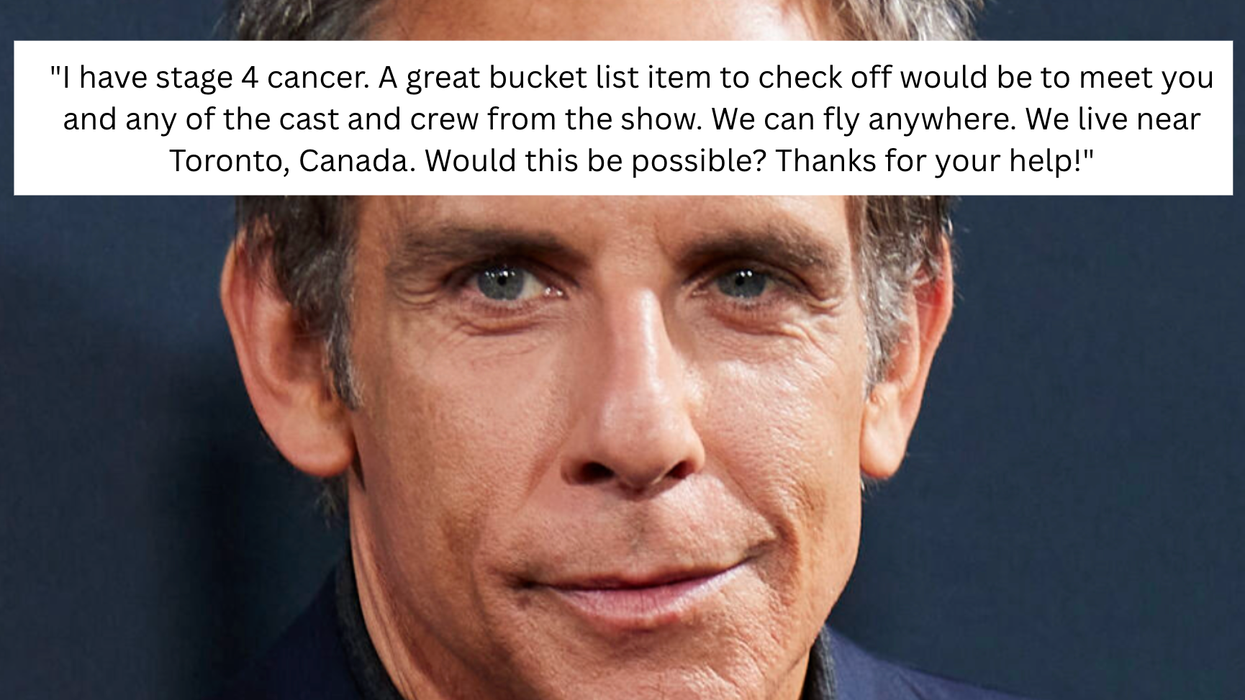The right pair of glasses can give the gift of sight. The wrong pair can leave you looking like a coke-bottled doofus.
Eyewear is both a medical necessity and a fashion statement, and the companies who dominate the industry have a hold on both factors. Many of their customers would rather pay top dollar—or go without glasses altogether—rather than get stuck with the wrong pair. But if you can’t afford the price, new glasses often aren’t an option.
Social enterprises Warby Parker and VisionSpring are finding innovative ways to bring glasses to people who can’t afford huge markups. VisionSpring, a nonprofit social enterprise, focuses on selling low-cost glasses to people earning between $1 and $4 per day. Warby Parker, a for-profit B-Corp, sells affordable eyewear in the domestic market while donating a pair of frames to VisionSpring for each pair it sells. “It didn’t make sense to us that a pair of glasses costs as much as an iPhone,” says Warby Parker co-founder Neil Blumenthal.
Seeing the Need
VisionSpring founder Dr. Jordan Kassalow, an ophthalmologist by trade, spent his early career offering eye care services to underserved populations. His first patient was a 7-year-old boy who was attending a school for the blind. When Kassalow examined the child, he realized he wasn’t actually blind, but needed a very powerful prescription. “Being the person who got to put those glasses on his face for the first time, and see him move from a blinded child to a sighted child right in front of me was a very powerful moment that really changed both of our lives,” he says.
Kassalow worked in India for a year and spent another eight fighting river blindness caused by an insect parasite in Africa. He became acutely aware that around 700 million people globally need glasses, 400 million of whom only require reading glasses. Receiving a prescription changed people's lives dramatically. So in 2002, a time before benefit corporation and L3C designations, Kassalow founded VisionSpring, carving out new territory in the typical nonprofit structure. “I had no interest in starting a charity model,” he says, “because I felt strongly that in order to solve this problem in any significant way, you had to make the markets work… there weren’t enough donation dollars in the world that would make it scale.”
Instead, VisionSpring, working directly with manufacturers, circumvented eyewear companies that concentrate on the 10 percent of the populace in developing countries who own 90 percent of the wealth. “The vast majority of the 4 billion people in the world who earn less than four dollars a day is really the ignored market by the global multi-national optical industry,” Kassalow says.
By training 9,000 “vision entrepreneurs”—predominantly women in 13 developing countries—VisionSpring builds microenterprises within communities to sell low-cost glasses to customers who could not afford them otherwise. VisionSpring not only brings vision to those who need it, but demonstrates to the optical industry, “hey, there’s a market down here if you guys would pay attention to them,” Kassalow says.
Warby Parker co-founder Blumenthal got his start in the optical world at VisionSpring, running field operations for the organization. Among the lessons he learned (including how to source low-cost eyewear directly) was that “fashion matters no matter where you live in the world. You’d rather be blind than wear a used pair of 1970s cat eyes if you live in Bangladesh… you’ll get ridiculed by your friends and family," he says. "There’s that same social construct, regardless of socio-economic status.”
So instead of giving away glasses in developing countries, VisionSpring’s model means designing, marketing and wooing value-conscious customers just as they would in the developed world. The process also taught Blumenthal that creating an affordable eyewear market can be a valuable service.
Fighting the Price Gouge
After working at VisionSpring for several years, Blumenthal wound up at the Wharton School of Business, where he met Warby Parker co-founders Jeffrey Raider, Andrew Hunt, and David Gilboa. The seed for the social venture was planted by their shared experience of feeling ripped off by the high prices in optical shops. Blumenthal understood the true cost of manufacturing corrective lenses; he’d seen high-end glasses coming off the same production lines as cheaper pairs. After some research, he says, “we saw that there were very few companies keeping prices artificially high.”
In the United States, he says, a single pair of glasses might cost upwards of $300 because a few companies dominate the optical industry and can inflate prices. Luxottica, for example, owns or licenses many major brands and owns 7,000 retail stores in North America—including Lens Crafters, Pearl Vision, Sears and Target Optical, and Sunglass Hut, as well as the vision insurance plan EyeMed. Each year, according to The Vision Council, Americans spend $8.4 billion on frames and lenses.
Warby Parker’s founders believed they could sidestep the optical monopoly if they manufactured and sold glasses directly to customers online, bringing the price of a $500 pair of glasses down to $95. In order to help the hundreds of millions without $95 to spare, Warby Parker adopted a buy one, give one model early on. For every pair sold, another is donated to VisionSpring.
"This is a good example of what we call reverse innovation," Kassalow says. "[Neil] saw the disconnect in the price structure between what glasses cost in Asia and what customers have to pay in his own backyard. Being exposed to that knowledge, in an effort to help the poorest people in the world, he saw a business opportunity to help the average guy or gal here in the U.S. who is paying five times more for glasses than they need to."
Business planning for Warby Parker took place for more than a year and a half while the founders finished up at Wharton. Selling glasses online brought particular hurdles—people care how they look in their glasses, so they want to try them on. The website offers a virtual try-on using facial recognition software, but Warby Parker also sends customers up to five pairs to try on at home and return with free shipping both ways.
Built on the life savings of its founders, Warby Parker launched in February 2010. In Blumenthal’s words, launch was “madness.” Warby Parker hit its first-year sales goals in three weeks. The company sold out of its top 15 styles in four weeks and accumulated a waitlist of about 20,000 people.
What An Alternate Market Means
How much can cheaper glasses change a person’s life? John Kelly, communications director for New York City’s health department and Warby Parker customer, has worn thick glasses—“save for a brief dalliance with contacts during those vain and uncertain adolescent years”—since he was 10 years old. Even for a guy with a steady job, the cost of glasses has always been a limiting factor. As a kid, he says, “I never wanted to get into a fistfight because I didn’t want my glasses to get broken. And the fact that there are people running around loose, not able to see, when it’s super-fixable, is maddening. Warby Parker is keeping it real on two fronts. They’re not rolling people and they’re helping out other folks who can’t afford to do it at any price. It’s a thing of beauty.”
Last year, Warby Parker donated more than 100,000 pairs of glasses to VisionSpring. Each of those pairs—plus another 213,000 funded through VisionSpring glasses sales and other philanthropic donations—was sold by vision entrepreneurs for around $4 each. That money feeds back into the enterprise, covering travel costs to neighboring villages and the entrepreneurs’ margins.
Those glasses can be a game-changer not just for the vision entrepreneurs, but for VisionSpring’s customers. For low-income individuals in India, access to simple reading glasses increases workers’ productivity by 34 percent; compared to those without specs, monthly income increases by 20 percent, according to a 2010 impact assessment by the University of Michigan’s William Davidson Institute. By that measure, VisionSpring’s $2.4 million budget in 2011 resulted in $103 million of economic impact for its customers.
“We thought that it was an inherent good if we could radically transform the optical industry, and transfer billions of dollars from these large multi-national corporations to normal people,” Blumenthal says.
Each Thursday, Sarah Stankorb examines the way social enterprise is changing business and creating positive impact.
Photo courtesy of Vision Spring
















 Otis knew before they did.
Otis knew before they did.